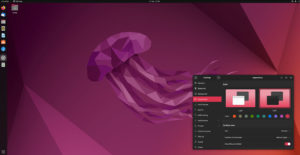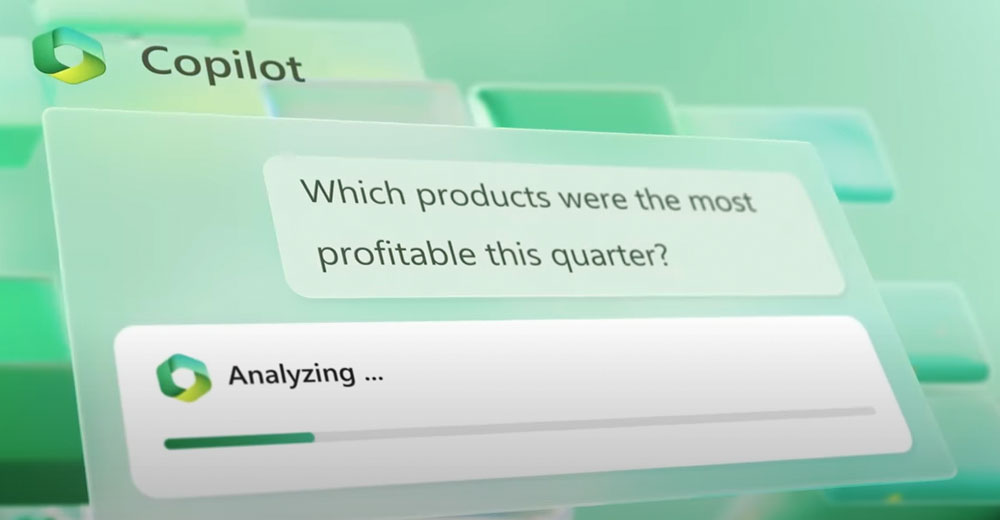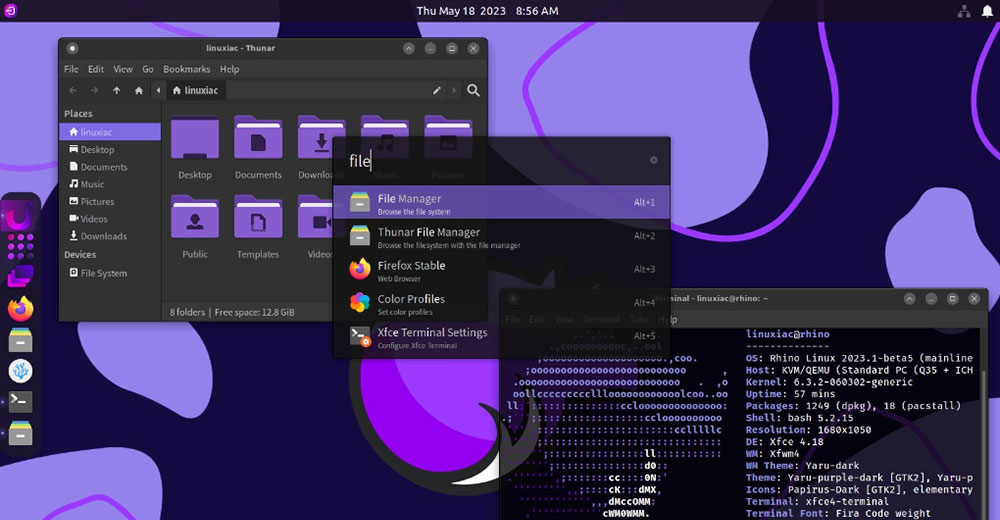Microsoft on Monday announced the general availability of SQL Server 2017, now with support for Linux, at its Ignite conference in Orlando. The company first announced its plans for the newest iteration of its database software a year and a half ago.
This is the first version of SQL Server to run on Windows Server, Linux and Docker, noted Scott Guthrie, executive vice president, cloud and enterprise, at Microsoft.
“SQL Server 2017 enables in-database advanced machine learning with support for scalable Python and R-based analytics,” he pointed out, which means “you can train advanced models easily with data inside SQL Server without having to move data.”
SQL Server offers “mission-critical performance and security,” Guthrie said. It now has everything built in, including artificial intelligence, “on the platform of your choice.”
Adding Linux support to SQL Server is a manifestation of the “new” Microsoft, noted Rob Enderle, principal analyst at the Enderle Group.
“They’ve become operating system-agnostic when it comes to their applications and some of their platforms,” he told LinuxInsider.
Oracle in Crosshairs
Adding Linux support to SQL Server should boost its share of the enterprise database market, suggested Matthew Kimball, senior analyst for servers and storage with Moor Insights & Strategy.
With a Windows-only platform, Microsoft is a strong second to Oracle in the market.
“This expands Microsoft’s market considerably,” Kimball told LinuxInsider.
“Oracle is Microsoft’s chief competition in the space,” he continued, “and SQL Server is a fraction of the cost of Oracle with the same functionality.”
Microsoft has been able to garner 20 percent of the enterprise database market with its Windows-only offering, noted Donald Feinberg, a data, analytics and information management analyst at Gartner.
Oracle’s share is about 40 percent, he said.
Microsoft managed “to get to half the size of Oracle in a (US)$35 billion market without having Linux,” Feinberg told LinuxInsider. “You have to ask yourself, if they can now compete in the Linux market, how much further can they go? They answer is, it gives them a lot of runway.”
Bashing Portability Barrier
For years, Microsoft’s competitors’ database products have supported multiple platforms, which put Microsoft, with its Windows-only approach, at a disadvantage. By adding Linux support, SQL Server becomes as portable as the products of those competitors.
“Portability is an important feature. Customers don’t go switching around all that much, but they want to know they can,” Feinberg said.
“We’ve talked to a lot of people,” he continued, “and when I mention SQL Server to them, the answer I get is, ‘We can’t use that because it will lock us in to Windows Server.’ That perception disappears now.”
When Microsoft announced SQL Server Linux support last year, it surprised some Microsoft watchers, who believed the company would be unwilling to forgo the potential loss of revenue that could result from the move.
With SQL Server chained to Windows, Microsoft collects licensing revenue from both Windows Server and SQL Server. With the Linux version, it collects revenue only from SQL Server licenses.
Microsoft won’t suffer from those losses, suggested Moor’s Kimball.
“Customers who will move from Windows Server to Linux will be more than offset by the growth Microsoft will see in the Linux space,” he said.
Not Created Equal
The Linux and Windows versions of SQL Server aren’t quite equal, Kimball noted. The business intelligence tools aren’t built into the Linux version as yet, and the company hasn’t provided a firm date as to when they will be available.
The extraction, transformation and load tools for data warehousing can be used in a Linux environment, he said, but they can’t be authored in Linux. They must be created in Windows and ported over to Linux.
“Other business intelligence tools don’t run on Linux at all,” said Kimball.
“Maybe this is Microsoft’s hook for keeping some SQL instances on Windows for some time,” he added.
Nevertheless, all features within the SQL Server relational database engine are available in Linux, including the Always On high availability feature. In addition, performance on the two platforms is comparable.
Raft of Features
In addition to Linux support, SQL Server 2017 supports Python programming. Combined with R Services, that allows machine language models to be created, trained and analyzed in place.
Support also has been added for graph processing. That’s important when working with NoSQL databases often used for big data projects.
Microsoft has added two new batch modes to SQL Server — memory grant feedback and adaptive joins — designed to increase the efficiency and performance of the software.
Operational analytics has become more feasible with SQL Server, thanks to the ability to build and rebuild some Columnstore indexes without taking them offline.
In addition, BLOBS — Binary Large Objects — inside Columnstore indexes can be compressed, which saves disk space, and the indexes can process the compressed information, which can speed backups.
A new resumable index operations feature has been added to SQL Server too, which provides for the resumption of index rebuilds after a database failure or manual abort. Recovering from such disasters previously required a restart from scratch, once the database was back online.
























































How can anyone believe that Microsoft loves Linux when they are still litigating against it?
"Embrace, extend, and extinguish" has not stopped.